As research in Qumran scrolls continues some questions are answered and new ones arise. There is still so much we do not know about the Qumran texts collection. There are still so many things we are trying to piece together in regards to the people who left those scrolls behind.
Not so long ago Israeli paleographer Ada Yardeni has identified over 50 Qumran scrolls penned by the same scribe. That is remarkable! Dr. Ada Yardeni was a renowned expert of Hebrew and Dead Sea Scrolls who sadly passed away in June of 2018. Still, her research lives on and continues to help us to answer questions.
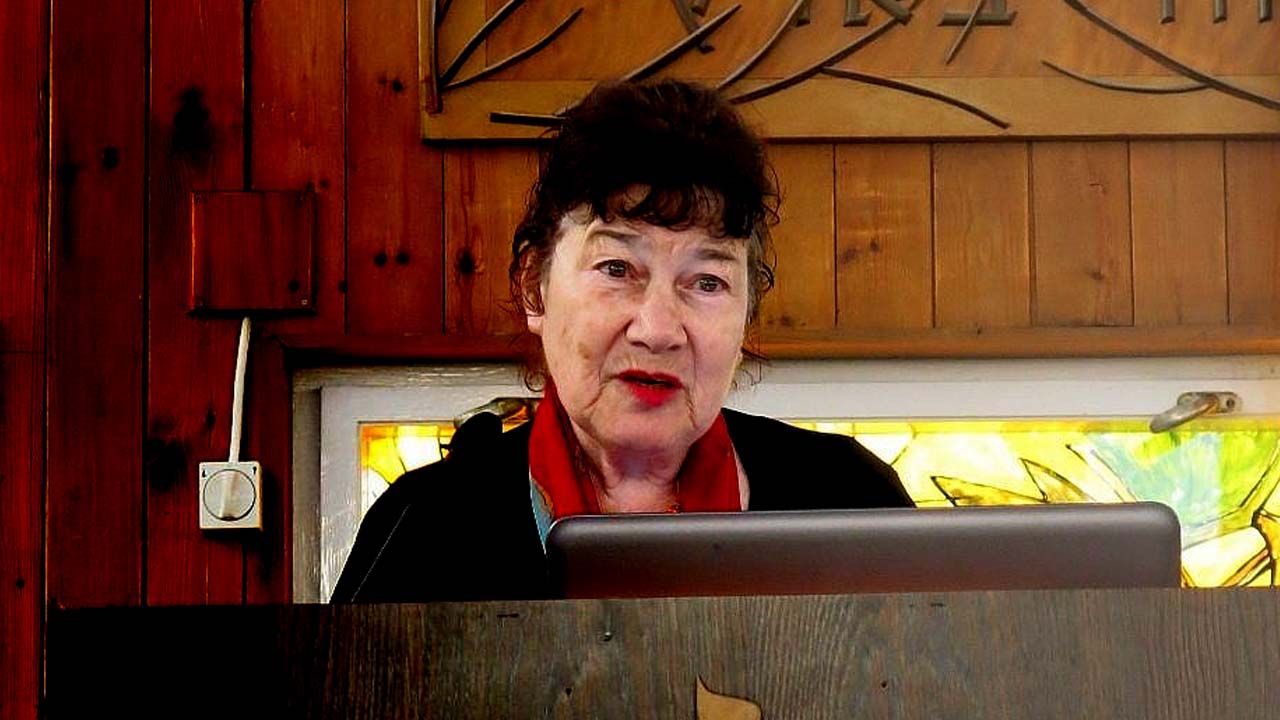
What is more amazing about linking some scrolls to one particular scribe is that the handwriting of this same ancient scribe was found on various Qumran scrolls which were recovered from six different caves. This is another significant development. Some scientists have proposed that the Qumran scrolls were not connected to the Essene sect or tied to the settlement on the other side of the wadi. Some suggested that this was just a general Jewish library and not a proper sectarian collection. Another theory was that different caves represent independent collections by separate sects. In light of liking the same scribe to multiple scrolls in multiple caves, the theory is no longer viable and research into one scribe’s handwriting may now prove otherwise.
The scribe whose style has now been documented was likely a member of the Qumran sect, who copied many scrolls which were deposited into different caves by the same group. Moreover, the handwriting of this same scribe was found on an Apocryphon woven on the Book of Joshua that was discovered at Masada. Masada is quite a distance away from the Qumran settlement. Many researchers doubted any connections of Qumran settlers to the Masada site. The texts found at Masada indeed bear resemblance to some Qumran scrolls. Even before Yardeni’s handwriting analysis, some scholars have speculated that the Joshua manuscript may have been the product of a Qumran scribe. But now this suspicion can be confirmed.
Now there is a scribal connection between Masada and the Qumran scrolls. Nine copies of the sectarian Songs of the Sabbath Sacrifice manuscripts were discovered in two caves at Qumran, and another was discovered at Masada in the same locus as the Joshua Apocryphon. Professor Sidnie White Crawford of Nebraska University concluded,
“it seems likely that some manuscripts from Qumran were carried south by refugees fleeing the Roman destruction of Qumran in 68 C.E. But that’s only a best guess.”
These are exciting new developments that emerge not from any new scrolls, but from ongoing research into existing documents.
Source: Biblical Archaeology Society



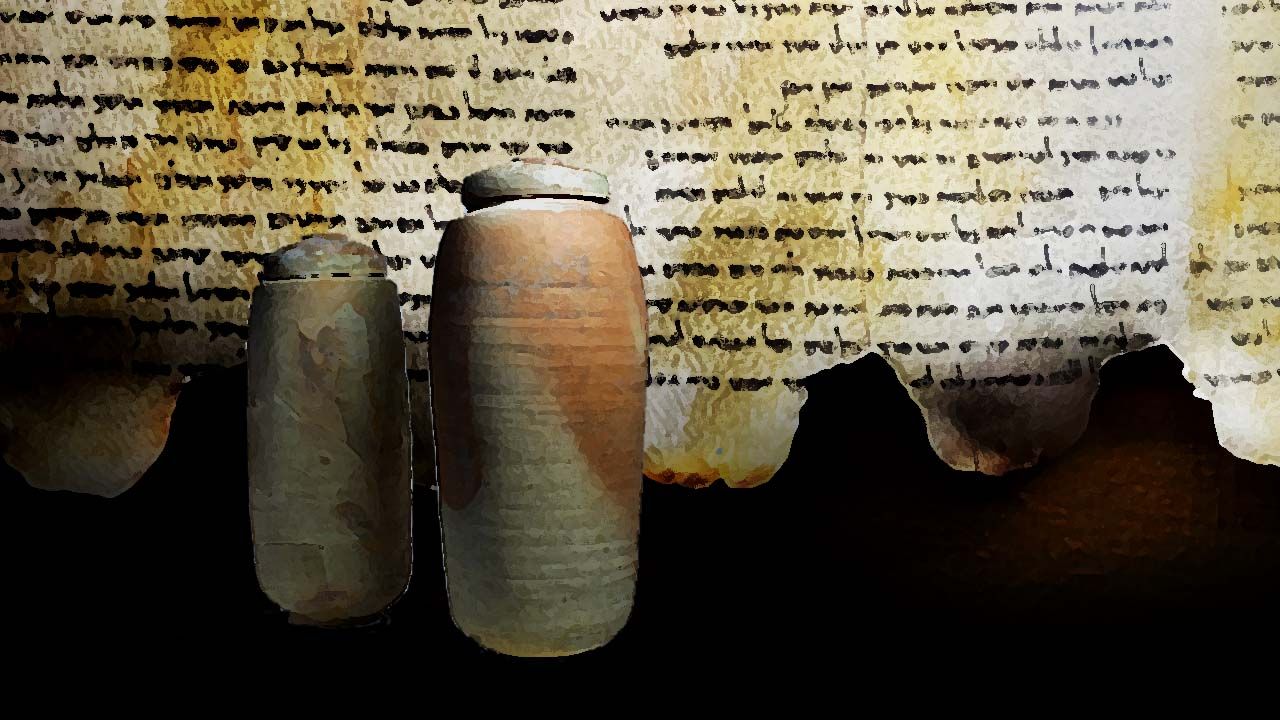
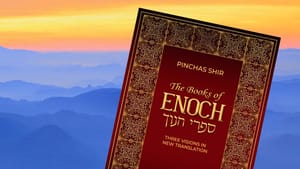


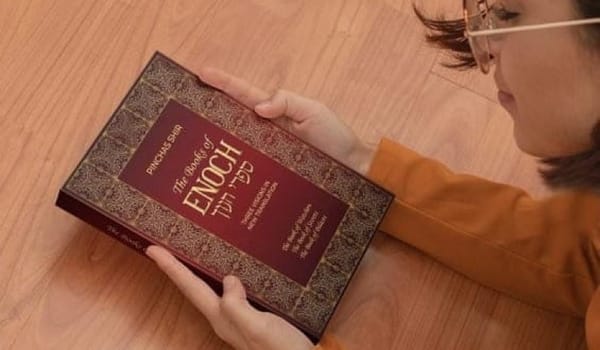
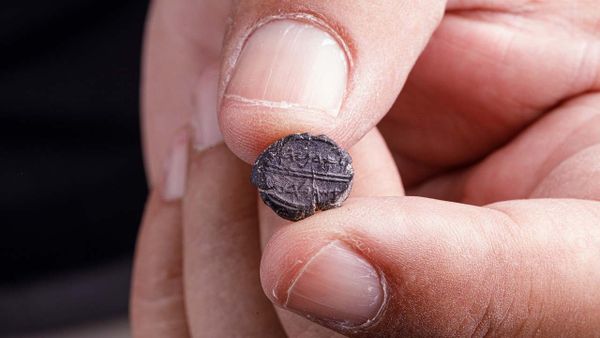


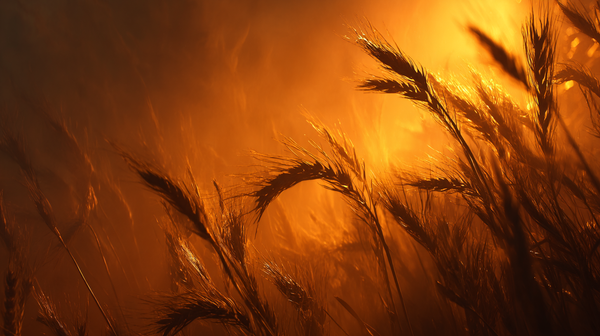
Member discussion